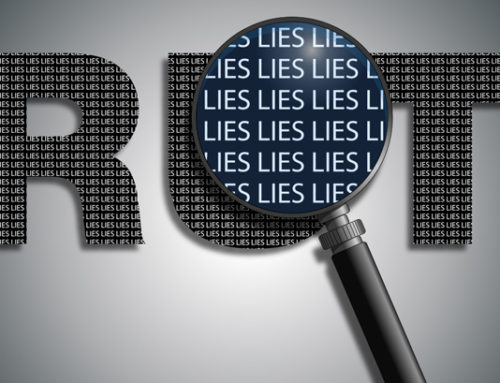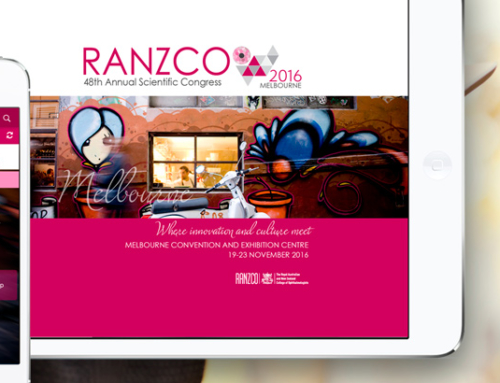Evaluating your sessions and events enables you to gather valuable insights from your attendees, sponsors and exhibitors. In the competitive world of trade shows, meetings, conferences, and conventions, you need accurate, timely feedback in order to determine future strategic plans for continued success and to keep your stakeholders coming back for more, event after event.
Well-organized events typically produce an evaluation form that attendee’s mark-up, at the conclusion of a learning session, to rate presenters and provide other valuable feedback. Response rates tend to be lacklustre, and when attendees do leave responses, it’s not always helpful for anyone. It is worth mentioning here that if you are going to evaluate your event ensure that you have a plan in place to actually analyse and use the data. There is no point collecting it in the first place if it’s just going to sit on a server somewhere for all time. I have seen this many times.
So what are the Best Practices for Session and Event Evaluation?
Recently I had the good fortune to discuss this very topic with Scott Cohen; Partner & COO of Conferences i/o. Scott was only too eager to share his thoughts.
Together we have been studying how event managers use session evaluations, and through analyzing the experience of many thousands of attendees across countless events, we have prepared a set of best practices that you can follow at your next event, to make sure you get the most out of session evaluations.
Make the evaluation easy to complete
It’s an old saying, but if you want someone to do something, make that action drop-dead simple. Simplicity was always an advantage of paper forms; despite being environmentally wasteful and time-consuming to tally afterward, it didn’t get any simpler than putting a paper form in front of attendees.
Today’s digital solutions now streamline the entire process. They provide convenience for the end user as well as simplifying the collection and analysis for the event organizer. Attendees now have your evaluation tool right in the palm of their hand and can simply complete session evaluations after every session and the entire event. That’s one reason why our digital session evaluations have higher response rates than traditional paper forms.
Keep the evaluation brief, in length
Usability data universally shows that the fewer fields a form has, the more likely someone is to complete it. While there are tricks to making a longer survey feel short, nothing helps quite like actually keeping it short. So think about what you want to get out of the survey and stick to what’s absolutely necessary.
Put thought into your session evaluation questions
I have attended countless events over the last decade, and at more than I care to mention, it seemed apparent that the event’s organizers simply downloaded a generic session evaluation template that they found on the web and swapped out the event brand. When I see this, I put about as much effort into responding as the organizers did putting it together.
When you take the time to customize questions for your event’s audience, you will generally receive better response rates and better data. Think through what you want to get out of the evaluation. If it’s a tool to help presenters, focus the questions on how the presenters can improve. If you want to gauge usefulness, keep the questions centered around what the audience got out of the session.
Set aside time to complete evaluations
A very common reason for low session evaluation response rates is that little or no time is left at the end of the session. Presenters and session moderators are often left with a sheepish look on their faces, half-heartedly reminding attendees to complete the session evaluation form. The trouble, obviously, is that the session has ended and the audience wants to get out to their break, or head over to lunch, or hit the road after a long day. Set five minutes aside and encourage attendees to participate.
If you find your session has run overtime, I would encourage you to be mindful about forcing evaluations on attendees. If your crowd obviously wants to get out of there, you can always remind them at the start of the next session to complete evaluations for the last one.
Incentivise completion of session evaluations
Another creative way to get around low response rates is to create incentives for attendees. If your event has sponsor giveaways, the raffle tickets could in part come from how many evaluations an attendee completes. If a giveaway prize isn’t available, a simple audience leader-board such as announcing the top evaluation performers, could be enough.
Alternatively, you can appeal to an attendee’s sense of duty. When asking attendees to complete a session evaluation, remind them that the evaluations are a great benefit for presenters, and for the organizers to make the event better next time around.
Make evaluations anonymous by default
A common phenomenon biasing session evaluations is a scenario where participants respond overly positive, because they think that’s what organizers and presenters want to see. It’s called good-participant bias. At a restaurant, it’s a bit like telling the waiter that the food is great, even though you think it’s mediocre.
Good-participant bias can be avoided, in part, by ensuring attendees that their feedback is being recorded anonymously. This is particularly important when anonymity is high-stakes, like at a corporation’s internal employee conference. (Would you be willing to assign negative ratings to an executive at your company, if your name was rubber stamped on the session evaluation?)
We recommend making anonymity the default, and, if necessary, allowing attendees to opt-in to identifying themselves.
Note: If you are incentivizing evaluations, you have to record who has been submitting them. Make sure you explain that identifying data will be discarded following the incentive’s culmination.
Finally, use the feedback
This echoes my earlier point that is no point collecting it in the first place if it’s just going to sit on a server somewhere for all time. If attendees are spending a few minutes per session completing your evaluations, they’d absolutely appreciate seeing their suggestions recognized and acted upon.
After the event concludes, and after you have had a chance to compile responses, you can send an update to attendees explaining what you heard and how you plan to address it for the next event. This shows attendees that you value their feedback and that you’re committed to improving. This is also a step toward creating a community around your event (communities are powerful). Just make sure you follow through on improvements.
Putting it all together
- Make it drop-dead simple for attendees to submit feedback
- Only ask what needs to be asked (keep it short)
- Ask questions that meet your goals
- Set aside session time (not attendee time) for evaluations
- Consider incentivising the completion of session evaluations
- Make anonymity the default
- Complete the circle by acting upon feedback.








Leave A Comment
You must be logged in to post a comment.